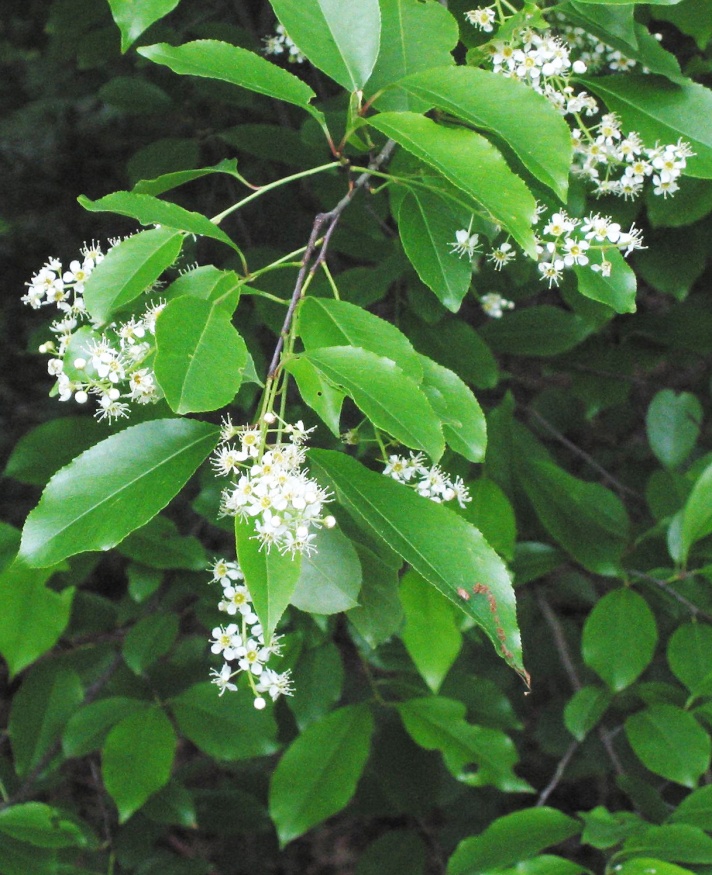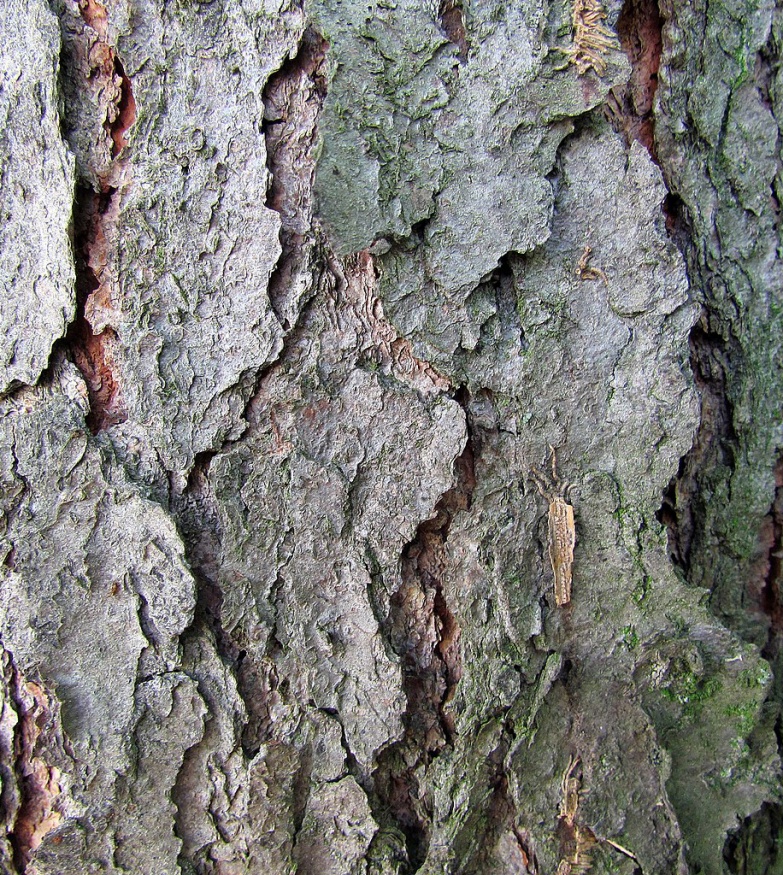Black Cherry

Family: Rosaceae Native to: Eastern North America, Interior North America
Hardy to zone: 3
Eco benefits: attracts pollinators, attracts birds, valuable wood, edible fruit
Natural habitat: hillsides & uplands, forest edge
Shapes: conical
width: 20-30ft
Growth rate: fast
Unique attractions: fall colour, bark, flowers, fruit
Common uses: reforestation, landscaping, cityscape, specimen
Insects: eastern tent caterpillar
Diseases: black knot
Light: full sun, partial shade
Soil: moist and fertile, well drained, acid ph
_v2-341.jpg)
Black cherry grows as a large tree up to 72 feet in in the mid west to eastern North America or as a shrub in cooler Northern temperatures. It can be found in upland sites, forest edges, and fence lines. The tree tolerates dry sites, alkalinity, and road salt but prefers slightly acidic to neutral soil that must be must be well drained.

Leaves are leathery, narrow and pointed at both ends; shinny, bright green on top, and pale underneath. Young bark is smooth, with horizontal lenticels becoming dark and very scaly with age. Showy White flowers in pendulous clusters appear after the first leaves in mid to late May.
_Prunus_serotina-343.jpg)
Clusters of cherries are produced in late August to early September. The dark reddish-black, pea sized fruit is edible but very bitter. It can be used medicinally to make tonics, cough syrups, and sedatives. Fruit is widely consumed by birds and forest wildlife.
Black cherry wood is useful for furniture making, but has become more scarce. Care should be taken when planting black cherry on farmland or when using the tree around food since all parts except the cherry flesh are poisonous. This is due to hydrocyanic acid which is dangerous for cattle or humans.
References
The Arboretum - University of Guelph. (n.d.). Black Cherry - Prunus serotina. Retrieved from https://www.uoguelph.ca/arboretum/thingstosee/trees/blackcherry
The Morton Arboretum. (n.d.). Black cherry. Retrieved from https://www.mortonarb.org/trees-plants/tree-plant-descriptions/black-cherry
Natural Resources Canada. (2015). Black cherry. Retrieved from https://tidcf.nrcan.gc.ca/en/trees/factsheet/60
Tree Atlas - Onrario. (2020). Black cherry. Retrieved from https://www.ontario.ca/page/black-cherry